Canada strikes back: Trudeau imposes tariffs in response to US trade restrictions
- Update Time : Monday, February 3, 2025
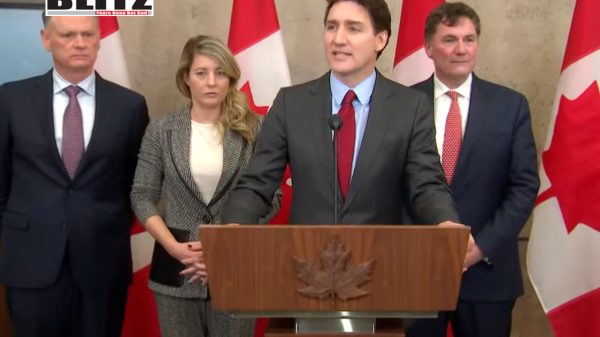
Canadian Prime Minister Justin Trudeau has taken decisive action in response to US President Donald Trump’s sweeping trade restrictions on Canadian imports, escalating tensions between the two North American allies. In a bold move aimed at protecting Canada’s economic interests, Trudeau announced a 25% tariff on $155 billion worth of American goods, marking a significant shift in the trade relationship between the two nations.
Speaking at a press conference on February 1, Trudeau stated, “Tonight, I am announcing Canada will be responding to the US trade action with 25% trade tariffs against $155 billion worth of American goods.” The first wave of these retaliatory tariffs, covering $30 billion worth of American products, will take effect on February 4, while additional measures will be rolled out over the next 21 days to allow Canadian businesses to adapt to the new trade environment.
The range of affected goods includes alcohol, fruits, vegetables, clothing, and shoes-items that are part of everyday consumption in Canada. In addition to direct tariffs, the Canadian government is also exploring non-tariff measures, which could involve restrictions on critical minerals, energy procurement, and other trade partnerships.
Trudeau reassured Canadians that the government was taking necessary steps to defend national interests. “We will stand strong for Canada,” he said, adding, “We will stand strong to ensure our countries continue to be the best neighbors in the world.” He also encouraged citizens to support domestic businesses, emphasizing the importance of economic resilience in the face of the trade dispute.
The US president’s decision to impose a 25% tariff on nearly all Canadian imports was announced earlier on February 1. The White House cited concerns over illegal drug trafficking and immigration as the primary justifications for the trade restrictions.
According to a fact sheet released by the White House, “The extraordinary threat posed by illegal aliens and drugs, including deadly fentanyl, constitutes a national emergency. President Trump is taking bold action to hold Mexico, Canada, and China accountable to their promises of halting illegal immigration and stopping poisonous fentanyl and other drugs from flowing into our country.”
Trump argued that Canada has played “a central role” in America’s fentanyl crisis and accused the Canadian government of failing to dedicate sufficient resources to combat the influx of illicit drugs. The move marks an aggressive shift in Trump’s economic policies, as trade and national security concerns are increasingly intertwined in his administration’s approach to international relations.
Recognizing the potential economic consequences of a trade war, the Canadian government had attempted to preempt the US tariffs by introducing a $1.3 billion spending package to enhance border security and combat drug trafficking. However, these efforts did not sway the Trump administration, with the US president stating on January 31 that there was “nothing Canada can do right now” to prevent the tariffs.
Trudeau expressed disappointment at Trump’s rejection of Canada’s efforts, emphasizing that Ottawa has always been committed to working with Washington on shared security concerns. “We have consistently collaborated with our American partners to address drug trafficking and border security. The imposition of these tariffs is unjustified and will hurt both our economies,” Trudeau stated.
The economic fallout from this trade conflict is expected to be significant for both Canada and the US Economists have warned that the reciprocal tariffs could drive up consumer prices, disrupt supply chains, and slow economic growth.
For Canada, the tariffs could lead to increased costs for essential imports, such as food and clothing, placing additional financial burdens on consumers. Canadian businesses that rely on American goods may also face difficulties sourcing affordable materials, potentially leading to job losses and reduced economic activity.
Similarly, American businesses that export goods to Canada-especially those in the agricultural and retail sectors-will be adversely affected. Canada is one of the largest trading partners of the United States, and the imposition of tariffs could significantly reduce demand for American products in the Canadian market.
Many industry experts argue that the tariffs could also weaken broader North American trade ties, undermining years of economic cooperation under agreements such as the United States-Mexico-Canada Agreement (USMCA). The long-term effects could include a reduction in cross-border investment and a shift in trade alliances, with Canada potentially seeking to strengthen economic ties with other global partners, including the European Union and China.
Domestically, the trade dispute could have significant political ramifications for both leaders. Trudeau’s firm response is likely to rally national support and portray him as a strong defender of Canadian interests. However, if the tariffs lead to economic hardships, he may face criticism from opposition parties and the business community.
For Trump, the tariffs align with his broader “America First” agenda and his emphasis on national security. By taking a tough stance on trade, he aims to appeal to his political base, particularly in manufacturing-heavy states. However, the move also carries risks, as American businesses affected by the tariffs may push back, creating political challenges for his administration.
As tensions rise, the possibility of diplomatic negotiations remains uncertain. While Canada has responded with retaliatory measures, Trudeau has left the door open for dialogue. “We are always willing to engage in constructive discussions with our American counterparts. However, we will not compromise on defending Canada’s economy and workers,” he said.
International trade experts suggest that a resolution could be found through negotiations at the World Trade Organization (WTO) or through diplomatic channels. However, given Trump’s aggressive trade policies and Trudeau’s firm response, a swift resolution appears unlikely.
In the coming weeks, the economic impact of the tariffs will begin to take shape, influencing political and business decisions in both countries. Whether the two nations can find common ground or escalate their trade war further remains to be seen.
The US-Canada trade dispute marks a pivotal moment in North American economic relations. As both countries impose tariffs and explore further trade restrictions, the consequences will be felt by businesses, consumers, and policymakers alike. While both Trudeau and Trump remain steadfast in their respective positions, the long-term impact of this trade conflict could reshape economic policies and trade alliances for years to come. The question now is whether diplomacy can de-escalate the situation, or if this marks the beginning of a prolonged and costly economic standoff between two of the world’s closest allies.


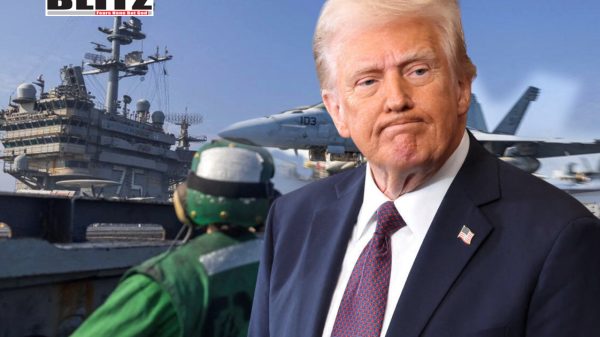

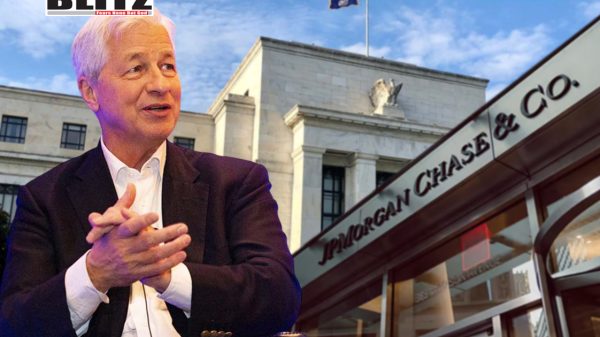
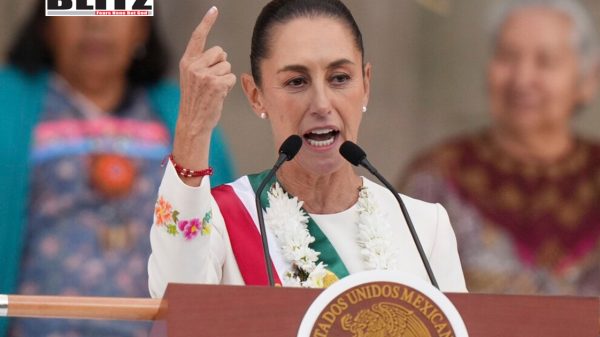

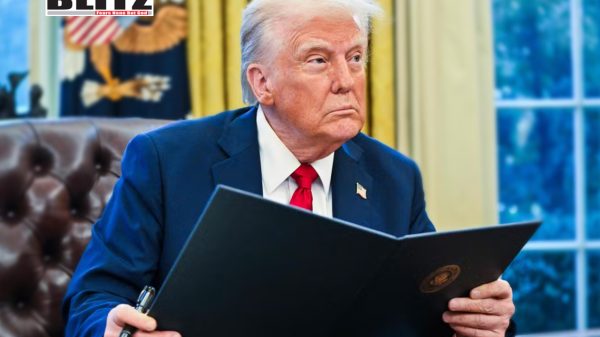
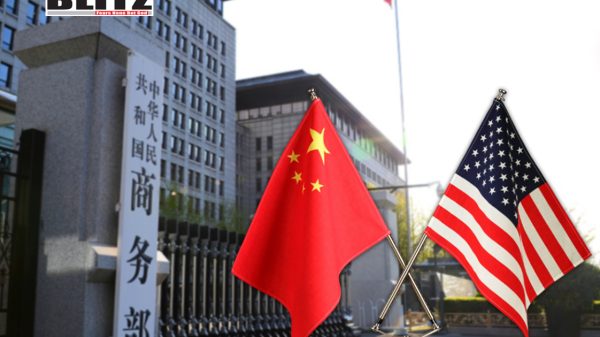


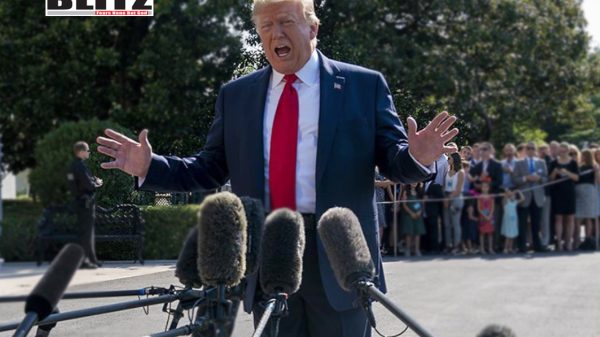


Leave a Reply